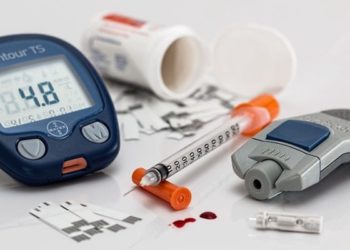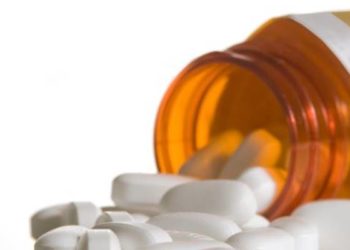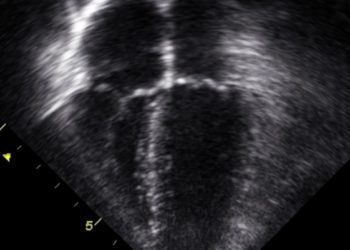#VisualAbstract: Duration of Initial Empirical Antibiotic Therapy and Outcomes in Very Low Birth Weight Infants
1. Very low birth weight (VLBW) infants who received antibiotics for 4 to 7 days had significant increased odds of short term morbidity and mortality.
2. Each day of antibiotic use among VLBW infants was associated with about 5% greater odds of major adverse outcomes.
Evidence Rating: 2 (Good)
Study Rundown: Early onset sepsis (EOS) is a serious problem among VLBW neonates, therefore providers often initiate empiric antibiotics. These medications are usually discontinue if blood cultures remain negative at 48 hours. However, antibiotic use, especially if prolonged, is also associated with increased rates of morbidity and mortality. In this study, investigators retrospectively reviewed data from patients admitted to Canadian Neonatal Intensive Care Units (NICUs) to analyze the effect of antibiotic duration on short-term morbidity and mortality in VLBW infants. Participants without culture-proven sepsis were divided into 3 groups based on days of antibiotic exposure (0 days, 1 to 3 days, 4 to 7 days) within the first week of life. Results showed infants who had the longest length of antibiotic use (4 to 7 days) had significantly higher odds of major adverse outcomes compared to those with no antibiotic exposure. Furthermore, each additional day of antibiotic use was associated with about 5% higher odds of major morbidity among VLBW infants. Similar results were seen among subgroup analyses of both extremely low birth weight (ELBW) infants, and among VLBW infants who were at very low risk of early onset sepsis (EOS). This study does not account for differences in effects of specific individual antibiotics, nor can it fully account for confounders such as illness severity. Nevertheless, results suggest providers should be cautious when using empiric antibiotics among VLBW neonates.
Click to read the study in Pediatrics
©2019 2 Minute Medicine, Inc. All rights reserved. No works may be reproduced without expressed written consent from 2 Minute Medicine, Inc. Inquire about licensing here. No article should be construed as medical advice and is not intended as such by the authors or by 2 Minute Medicine, Inc.







